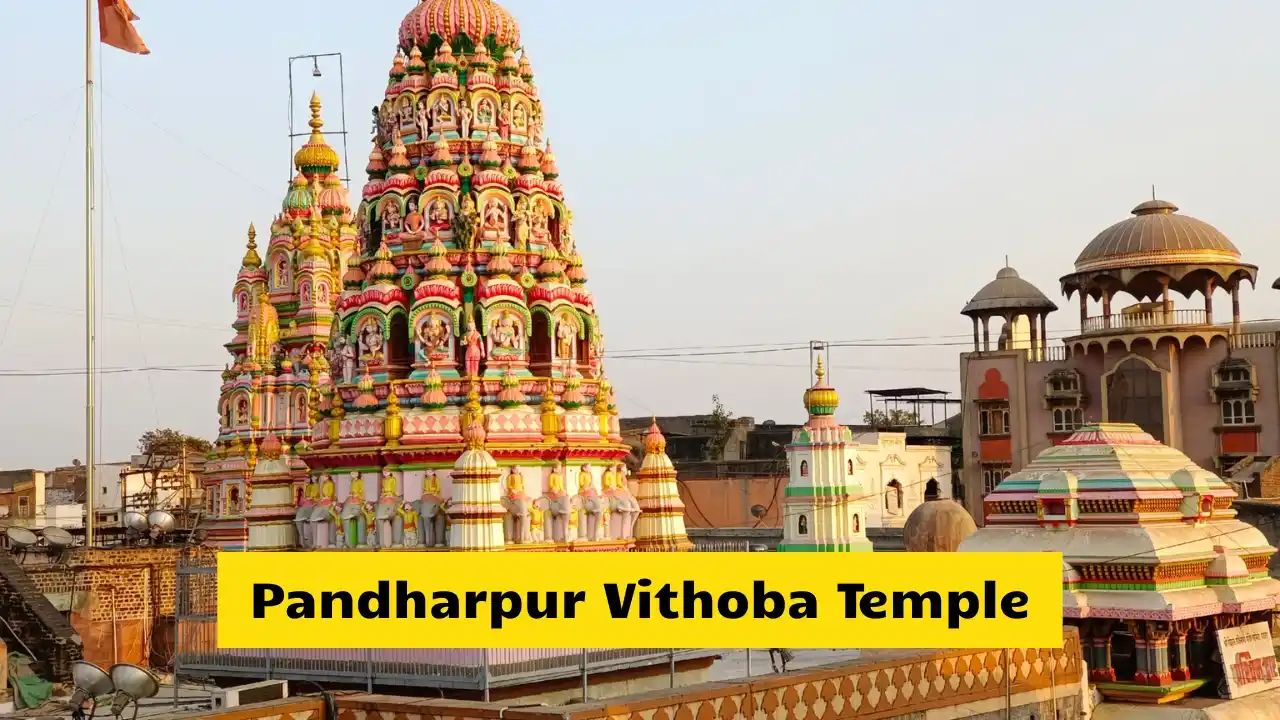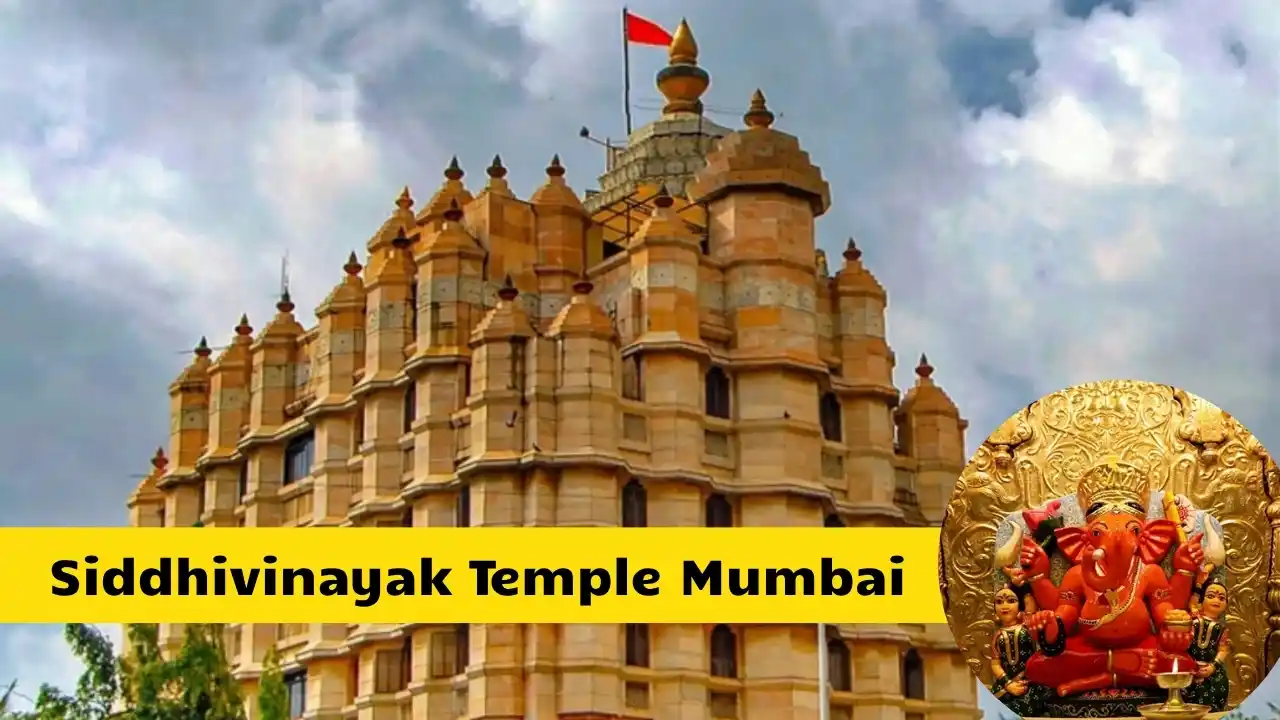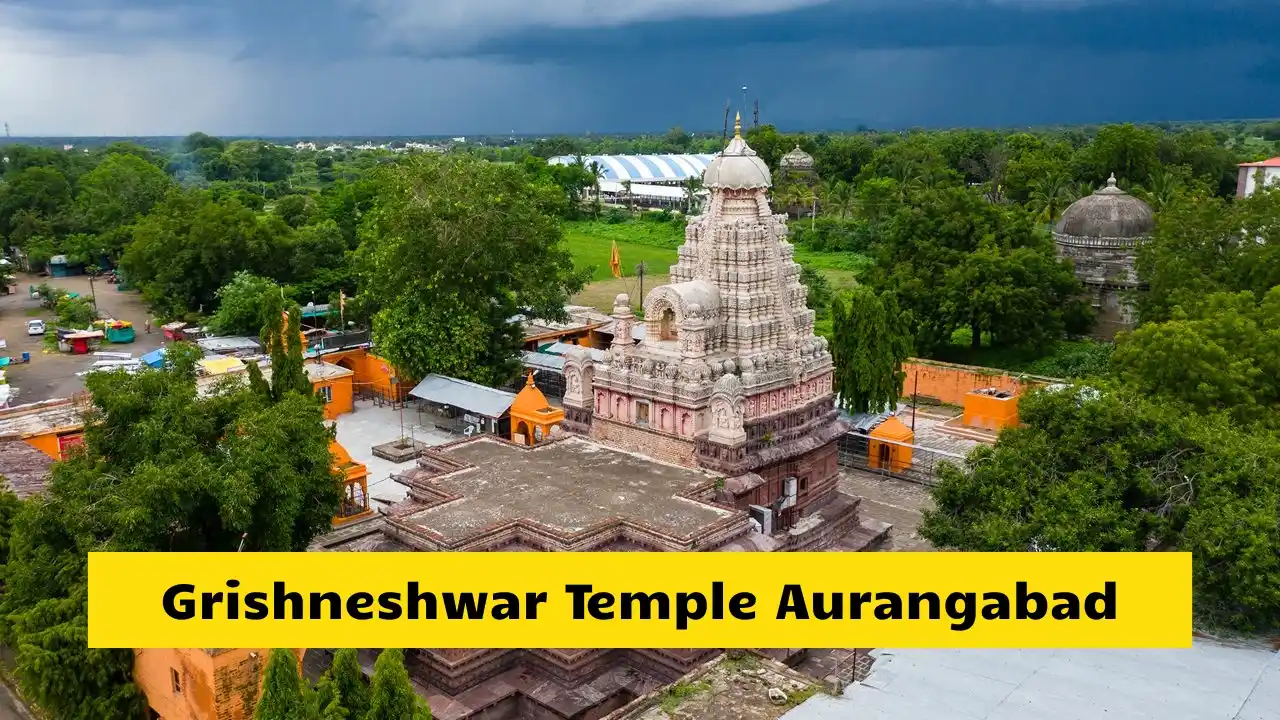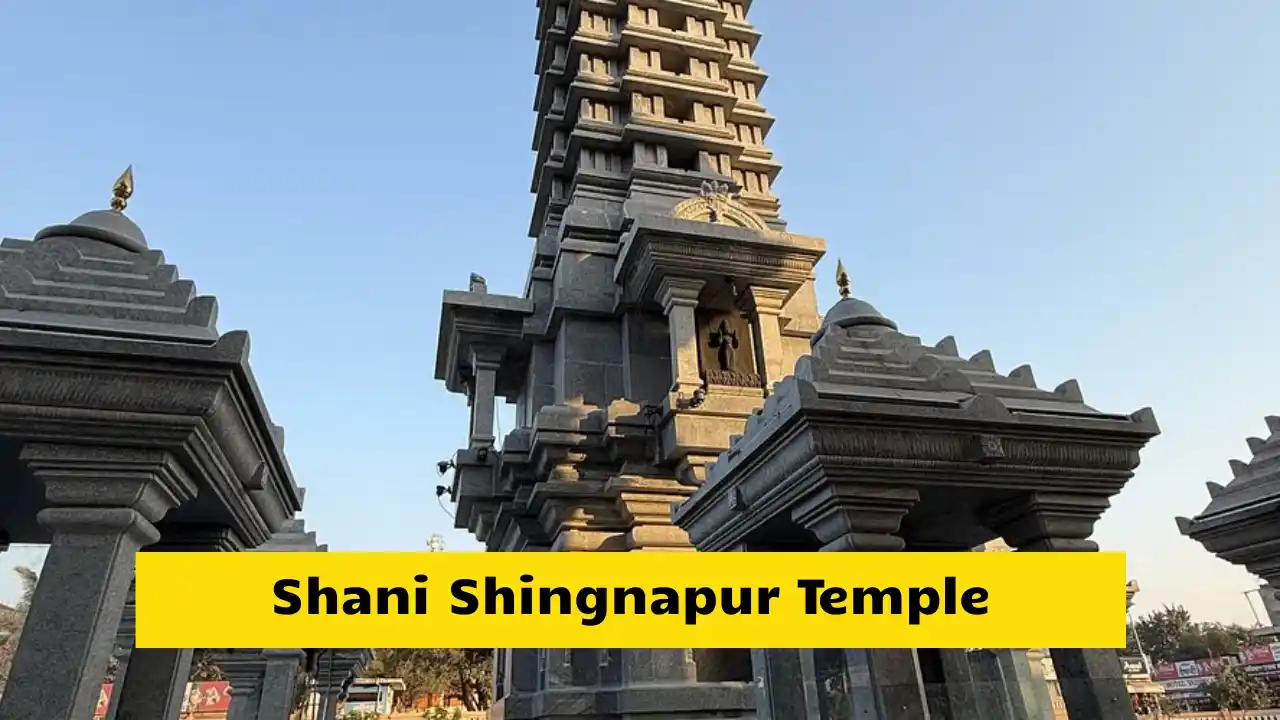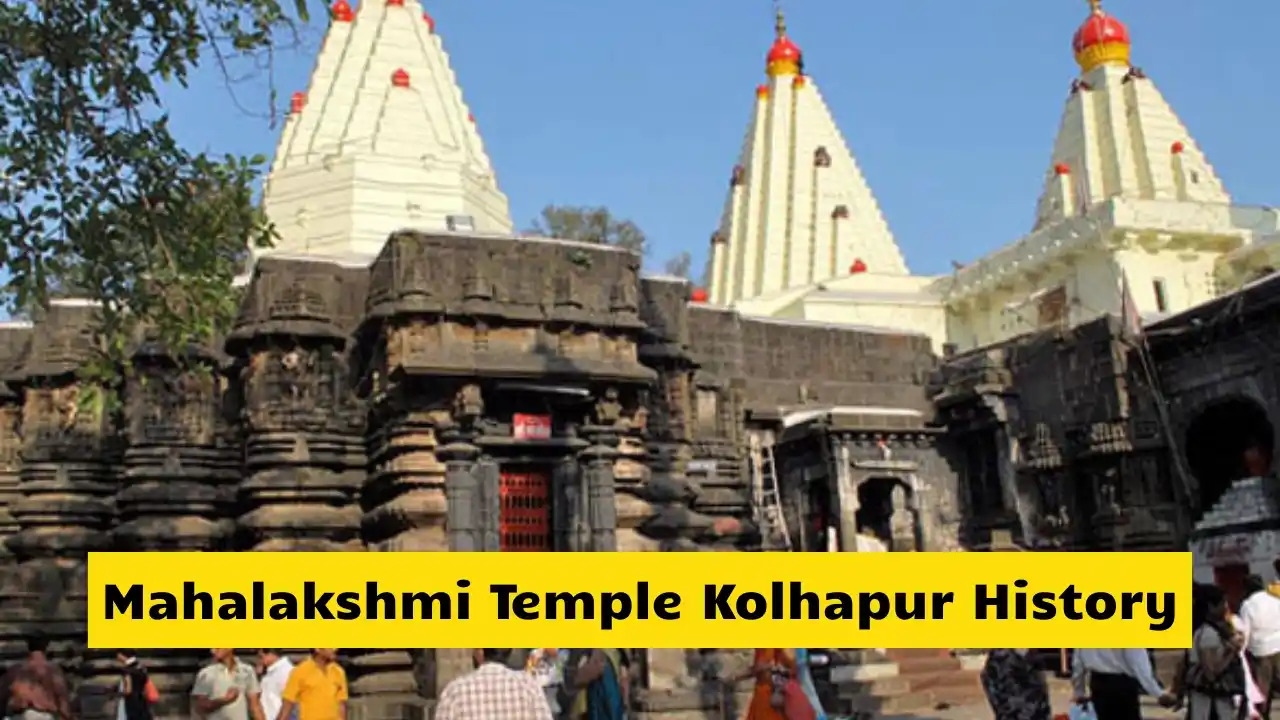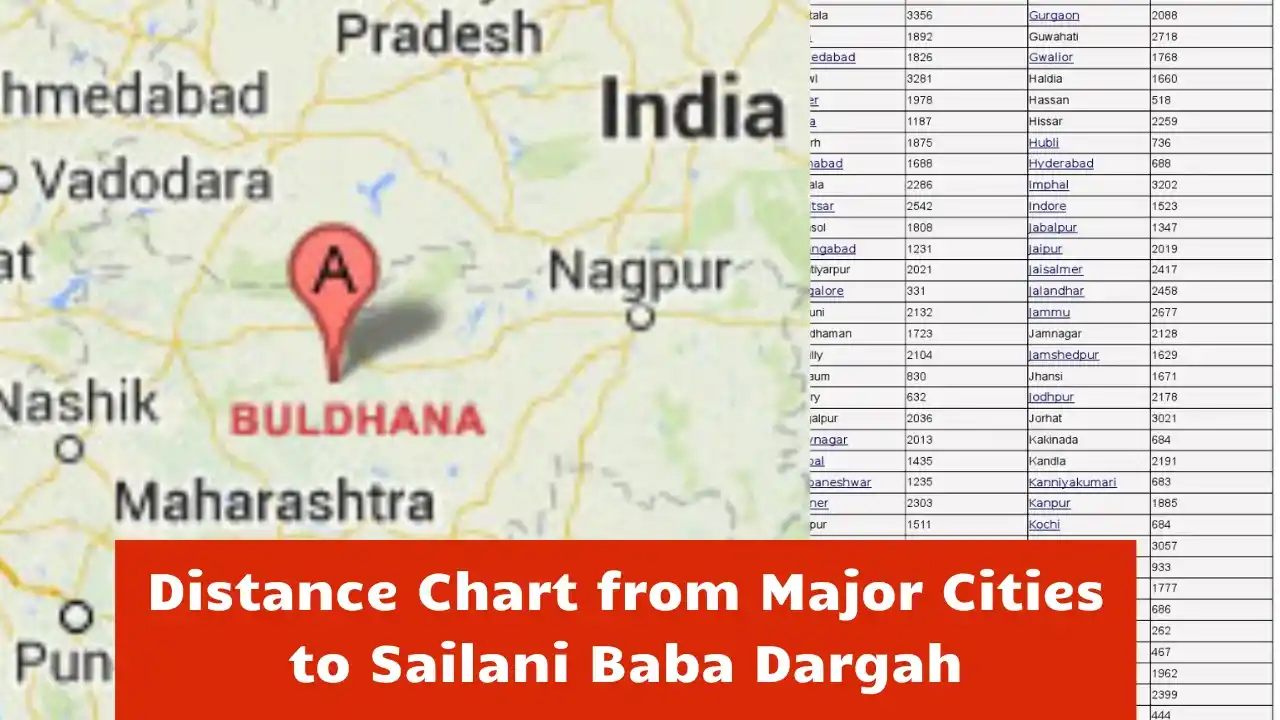Pandharpur Vithoba Temple, also known as Vitthal Rukmini Mandir, is one of the most sacred pilgrimage centers in Maharashtra. Situated on the banks of the Chandrabhaga River in the Solapur district, it is dedicated to Lord Vitthal (Vithoba), an incarnation of Lord Krishna, and Goddess Rukmini. Every year, millions of devotees visit Pandharpur to seek blessings, especially during the grand Wari Yatra, one of the oldest and most emotional spiritual traditions in India.
Significance of Lord Vitthal
Lord Vitthal is worshiped as the god of devotion and compassion. His standing posture with arms on his waist symbolizes patience and strength. For centuries, saints like Dnyaneshwar, Tukaram, Namdev, Eknath, and Chokhamela have sung praises of Vithoba through abhangas (devotional songs). The temple represents the center of the Bhakti Movement in Maharashtra, which teaches that God can be reached through love and simplicity rather than rituals.
The Wari Tradition
The Pandharpur Wari is a centuries-old pilgrimage that represents the deep devotion of the Varkari community. The word “Wari” means a journey made out of faith, and “Varkari” means one who undertakes this journey regularly. Every year, lakhs of devotees walk hundreds of kilometers, carrying the palanquin (Palkhi) of saints such as Sant Dnyaneshwar from Alandi and Sant Tukaram from Dehu to Pandharpur. The final destination is the holy Vithoba Temple, where they arrive on Ashadhi Ekadashi day.
Timing and Schedule of Wari Yatra
The Wari Yatra is organized twice every year:
- Ashadhi Wari (June–July): The largest and most important yatra, ending on Ashadhi Ekadashi.
- Kartik Wari (October–November): The second major yatra, ending on Kartik Ekadashi.
The journey usually begins about 21 days before Ekadashi, and devotees walk around 250 to 300 kilometers barefoot. Along the way, they sing bhajans, chant the name of Lord Vitthal, and live together in complete discipline. The Yatra passes through towns such as Pune, Saswad, Baramati, Phaltan, Lonand, Natepute, and Malshiras before reaching Pandharpur.
Route and Main Palkhis
Two main Palkhis (palanquins) carry the silver footwear of the saints:
- Sant Dnyaneshwar Palkhi – Starts from Alandi near Pune.
- Sant Tukaram Palkhi – Starts from Dehu near Pune.
Both processions merge near Wakhri village, which is just a few kilometers before Pandharpur. Thousands of smaller groups, known as Dindis, join the march from different villages along the route. Each Dindi represents a group of devotees who cook, sing, and pray together during the journey.
Arrival in Pandharpur
The sight of lakhs of devotees entering Pandharpur is breathtaking. The roads are filled with chants of “Vitthal Vitthal Jai Hari Vitthal.” Many walk barefoot in the scorching sun, carrying flags and tulsi garlands. When the Palkhis reach the Chandrabhaga River, devotees take a holy bath before visiting the temple. The temple doors remain open for long hours, and special arrangements are made for darshan. The emotion and devotion during these days cannot be described in words—it is an experience of pure faith.
Rituals and Celebrations on Ashadhi Ekadashi
On Ashadhi Ekadashi, thousands of devotees stand in long queues to offer prayers to Lord Vitthal and Goddess Rukmini. Special Mahapooja and Abhishek are performed inside the temple. The entire town of Pandharpur lights up with diyas, flowers, and music. Bhajan groups perform devotional songs throughout the day. Pilgrims believe that one visit to Pandharpur on Ashadhi Ekadashi brings the same spiritual merit as a hundred pilgrimages elsewhere.
Temple Architecture and Darshan
The Pandharpur Vithoba Temple is one of the oldest temples in Maharashtra, believed to be over 800 years old. The main idol of Lord Vitthal stands on a black stone brick called “Shila,” representing eternal devotion. The temple complex also houses the shrine of Goddess Rukmini and other deities. The entrance gate, known as Namdev Payari, is named after the saint Namdev, who meditated there for years. Devotees touch these steps before entering the sanctum as a mark of respect.
Facilities for Pilgrims
During Wari, the Maharashtra Government and temple authorities provide wide-ranging facilities for the pilgrims. Temporary shelters, free food camps, medical centers, and mobile toilets are arranged throughout the route. Drinking water points and police help booths are also available. Volunteers from different organizations join hands to ensure that no devotee faces any difficulty.
Accommodation Options
Pandharpur has several Dharamshalas, Bhakta Niwas, and lodges managed by the temple trust and private groups. Rooms are available at reasonable prices near the temple area. During Ashadhi Ekadashi, rooms fill quickly, so booking in advance is recommended. Many devotees prefer to stay in tents or open camps near the river during the Wari days.
How to Reach Pandharpur
By Train: Pandharpur Railway Station (PVR) is connected to Solapur, Pune, and Mumbai. Regular trains run from Mumbai and Pune.
By Bus: MSRTC buses operate frequently from Pune, Solapur, and Kolhapur. Overnight buses are available from Nagpur and Mumbai.
By Road: Pandharpur is connected by well-maintained highways. The drive from Pune takes about 5 to 6 hours.
By Air: The nearest airports are Solapur (75 km) and Pune (200 km).
Best Time to Visit
The best time to visit Pandharpur is during the Wari festivals in June–July (Ashadhi Ekadashi) and October–November (Kartik Ekadashi). However, devotees also visit throughout the year on every Ekadashi, which occurs twice a month. Winter months (October to February) offer the most pleasant weather for travel and darshan.
Travel Tips for Devotees
- Carry water bottles and light snacks during the Wari walk.
- Wear comfortable footwear or walk barefoot if you wish to follow tradition.
- Avoid plastic bags and keep the route clean.
- Keep identity proof and emergency contacts handy.
- If traveling by train or bus during Wari season, book tickets early.
- Follow the safety and crowd instructions given by volunteers and police.
Conclusion
The Pandharpur Wari Yatra is not just a journey; it is a moving celebration of faith and unity. Devotees of every age walk together, singing and praying, proving that true devotion lies in simplicity and togetherness. The Pandharpur Vithoba Temple remains the spiritual home of Maharashtra, where every devotee feels close to God. Visiting this temple during the Wari fills the heart with peace, reminding everyone that love, patience, and devotion are the true paths to God.
